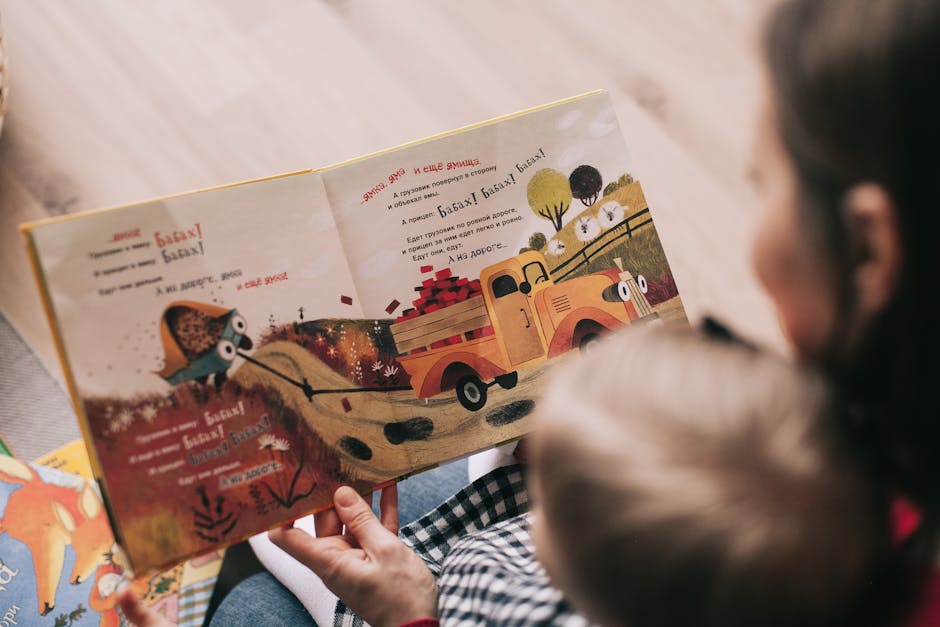Creative Storytelling for Brands: Unleashing the Power of Narrative
In today’s fast-paced and competitive market, brands are constantly vying for consumer attention. With the rise of social media, digital marketing, and content overload, traditional methods of advertising are no longer as effective as they once were. In this landscape, creative storytelling has emerged as a powerful tool for brands to connect with their audience on a deeper level, evoke emotions, and build brand loyalty. But what exactly is creative storytelling for brands, and how can it be utilized to its full potential? In this comprehensive guide, we will delve into the world of creative storytelling, exploring its impact, strategies, and best practices for brands looking to stand out in a crowded marketplace.
The Power of Storytelling in Brand Marketing

At its core, storytelling is a fundamental element of human communication. From ancient myths and legends to modern-day novels and movies, stories have the power to capture our imagination, evoke emotions, and create lasting impressions. In the world of marketing, storytelling allows brands to go beyond promoting products and services, enabling them to forge meaningful connections with their target audience. By crafting narratives that resonate with consumers’ values, beliefs, and aspirations, brands can differentiate themselves from competitors and build a loyal following.
One of the key reasons why storytelling is so effective in marketing is its ability to engage multiple areas of the brain. When we listen to a story, our brains become more active, processing not only the words but also the sensory details, emotions, and experiences described. This multi-dimensional engagement makes stories more memorable and impactful than straightforward advertisements or sales pitches.
Elements of Effective Brand Storytelling

Effective brand storytelling is not just about crafting a compelling narrative; it also involves understanding your audience, defining your brand values, and choosing the right channels to deliver your message. Here are some key elements to consider when creating a brand storytelling strategy:
Know Your Audience
Before you start crafting your brand story, it’s essential to understand who your target audience is and what matters to them. Conducting market research, analyzing consumer behavior, and creating buyer personas can help you tailor your story to resonate with your audience’s interests, preferences, and pain points.
Define Your Brand Values
Your brand story should reflect the values and ethos of your company. What do you stand for? What sets you apart from competitors? By clearly defining your brand values and incorporating them into your storytelling, you can create a cohesive and authentic narrative that resonates with consumers.
Choose the Right Channels
From social media platforms to blogs, videos, and podcasts, there are numerous channels available for sharing your brand story. Depending on your target audience and the nature of your story, you can choose the channels that best suit your content. For example, visual stories may work well on Instagram, while in-depth narratives may be better suited for a blog or podcast.
Case Studies: Brands That Mastered the Art of Storytelling

Several brands have successfully leveraged the power of storytelling to create impactful marketing campaigns and build strong brand identities. Let’s take a look at some notable examples:
Nike: Just Do It
Nike’s iconic “Just Do It” campaign is a prime example of effective brand storytelling. By focusing on the stories of athletes overcoming obstacles, pushing their limits, and achieving greatness, Nike has positioned itself as a champion of perseverance, determination, and success. The brand’s storytelling has not only resonated with sports enthusiasts but has also inspired a global audience to strive for excellence.
Dove: Real Beauty
Dove’s “Real Beauty” campaign is another standout example of storytelling done right. By challenging traditional beauty standards and celebrating diversity, Dove has created a powerful narrative that embraces authenticity, self-acceptance, and inclusivity. Through their storytelling, Dove has managed to connect with consumers on a personal level, sparking conversations about body positivity and empowerment.
Future Trends in Brand Storytelling

As technology continues to evolve and consumer preferences shift, brand storytelling is also adapting to keep pace with changing trends. Here are some future trends to watch out for in the realm of brand storytelling:
Interactive Storytelling
Interactive storytelling allows consumers to actively engage with a brand’s narrative, making choices, exploring different paths, and shaping the outcome of the story. Brands are increasingly incorporating interactive elements such as quizzes, polls, and augmented reality experiences to make their storytelling more immersive and engaging.
Personalized Storytelling
Personalization is a key trend in marketing, and storytelling is no exception. Brands are leveraging data and technology to create personalized stories tailored to individual consumers’ preferences, behaviors, and interests. By delivering customized content, brands can deepen their connection with consumers and enhance the overall brand experience.
Common Misconceptions About Brand Storytelling
Despite the growing popularity of brand storytelling, there are still some common misconceptions that can hinder its effectiveness. Let’s debunk a few myths:
Storytelling is Only for B2C Brands
While it’s true that many consumer brands have successfully used storytelling to connect with their audience, storytelling is equally relevant for B2B brands. Regardless of the target audience, effective storytelling can humanize a brand, build trust, and create emotional connections that drive engagement and loyalty.
Storytelling Requires a Huge Budget
Contrary to popular belief, storytelling doesn’t always require a massive budget. While high-production videos and elaborate campaigns can be effective, even small businesses can create compelling stories using authentic content, user-generated testimonials, and creative storytelling techniques. What truly matters is the quality and authenticity of the story, not the size of the budget.
Conclusion: The Enduring Power of Storytelling in Brand Marketing
As we’ve explored in this guide, creative storytelling is a powerful tool for brands to connect with their audience, differentiate themselves in a competitive market, and foster lasting relationships with consumers. By crafting authentic, engaging narratives that resonate with their target audience, brands can create a strong emotional bond that goes beyond a transactional relationship. As technology continues to evolve and consumer preferences shift, brand storytelling will likely continue to adapt and innovate, offering new opportunities for brands to connect with consumers in meaningful ways.
To wrap things up, it’s clear that the art of storytelling is not just a trend but a timeless strategy that has the potential to transform how brands engage with their audience. So, as you embark on your own brand storytelling journey, remember the power of a well-crafted narrative to captivate, inspire, and ultimately drive your brand’s success.




